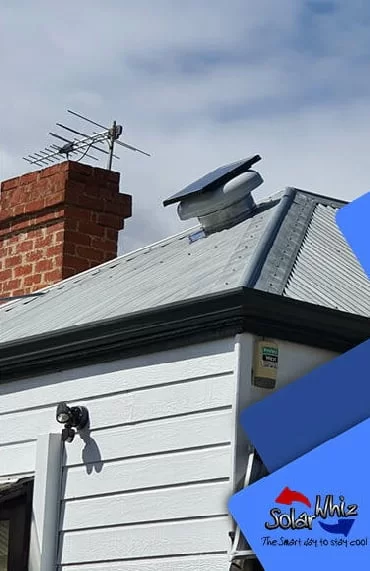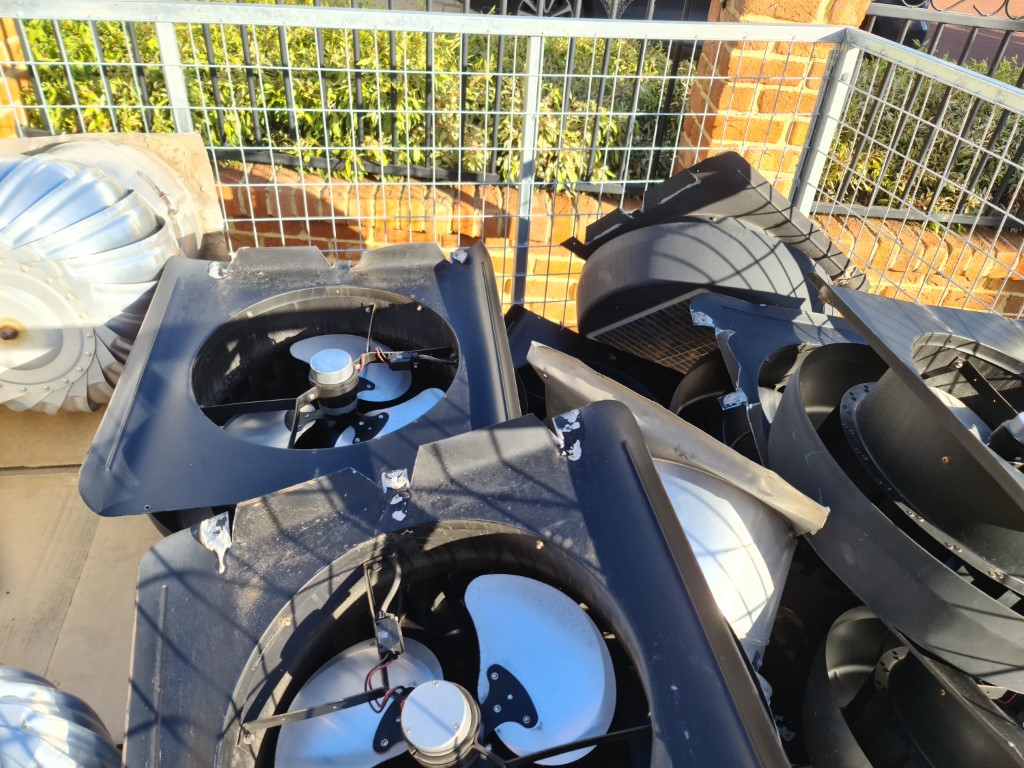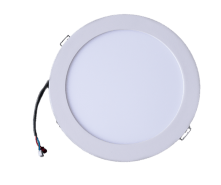Last Updated on June 26, 2025 by Solar Whiz
Why is Roof Ventilation During Winter Important?
Many people don’t realise how important roof ventilation is during winter. Colder and wetter weather has a big impact on the indoor environment and conditions. Ventilation plays a much bigger role than simply removing heat buildup during summer. This year, we’ve seen an increase in homeowners reporting mould issues after heavy rain and cold snaps, highlighting the need for proper ventilation even in colder months. Ventilating roof spaces is actually crucial for a healthy, structurally sound and comfortable home. This article will explain how our solar-powered roof ventilation systems are a must-have for any home this winter.
Damp Air and Mould: A Winter Health Risk

Poor ventilation in winter doesn’t just affect your home—it can also impact your health. Damp air encourages the growth of mould spores, which can trigger allergies, asthma, and other respiratory issues. According to the National Asthma Council Australia, mould exposure can worsen asthma symptoms and cause breathing difficulties, especially in children and older adults.
By keeping your home dry and well-ventilated through winter, you reduce mould growth and improve indoor air quality—supporting both comfort and health.
Maintain a Healthy Indoor Environment
Doors and windows are closed almost all the time during winter which means that fresh air isn’t being introduced to the house. As a result, the inside air can become clogged up with all sorts of pollutants. Carbon dioxide from people breathing and household appliances. Pollen and pet hair, even mould. Mould can be really bad for people’s health if it is not managed properly.
Roof ventilation extracts stale indoor air and replaces it with fresh outdoor air. Flushing out old air with fans removes pollutants like carbon dioxide from your house. This will greatly improve the air quality in your home. You can breath easy with a Solar Whiz supplying you with fresh air!
Keep your House Structures Strong
Daily household activities and appliances like showering, cooking, clothes washing and drying generate moisture. Heating systems are also major contributors to moisture build-up. Moisture can easily become trapped in the house and cause structural issues without good ventilation. This is especially a problem during winter because of higher humidity levels and fewer open doors and windows.
A lack of air movement from poor ventilation means that moisture and condensation that builds up isn’t removed. Heating systems can also generate humidity that results in rising dampness that collects in your roof space. Moisture in your home can warp wooden structures and is the perfect breeding ground for mould. Keep an eye out for signs of excess moisture like discoloured walls and ceilings, musty odours, mould spots, and window condensation—especially in bedrooms and bathrooms during the colder months.
We have a page dedicated to the effects of mould and condensation on your home here.
Improve the Comfort of Your Home
Roofing ventilation benefits existing heating systems in your home. Just like it benefits air conditioning systems during summer! By removing the build-up of stale and moist air, your heater can work much more efficiently. That’s because your system doesn’t have to work as hard to get the same results. Ventilation also introduces fresh air into your home which means you won’t be recirculating stale and polluted air through your house.
A ventilation system like Solar Whiz will improve the comfort of your home by keeping it dry and ensuring your heating system is working to the best of its abilities.
Metal vs Tiled Roofs in Winter Ventilation
Homes with metal roofs often experience faster temperature changes and may be more prone to condensation buildup in winter, especially on cold nights. Tiled roofs, on the other hand, can retain moisture around flashing and underlays. Regardless of the roof type, effective ventilation helps keep your roof space dry and prevents winter-related damage.
Common Misconceptions About Winter Ventilation
“Ventilation is only needed in summer.”
This is a common myth. While roof ventilation is crucial for extracting heat in summer, it’s just as important in winter—mainly to manage moisture, condensation, and stale air. Without ventilation, humid air from showers, cooking, and heaters becomes trapped, creating mould risks and structural damage.
“A whirlybird will do the job.”
Traditional whirlybirds rely solely on wind to spin and extract air. But during calm, still winter days, there’s often not enough wind to keep them moving. In contrast, solar-powered roof ventilators like Solar Whiz actively extract moist air—regardless of wind conditions—and offer far greater airflow capacity to handle winter moisture loads.
Smart Ventilation Options for Winter
Solar Whiz roof ventilators can be equipped with optional smart accessories that help you manage moisture and temperature more effectively during winter:
-
Hygrostat: This sensor activates the fan when humidity levels rise—ideal for colder seasons when condensation is more likely to form in the roof space.
-
Thermostat: Adjustable thermostats allow you to set a temperature range between 10°C and 30°C. This helps you control when the unit turns on, or you can manually switch it off to retain warmth.
-
Hybrid Functionality: Solar Whiz can be connected to mains power for continuous operation—even on cloudy winter days—ensuring reliable ventilation when it’s most needed.
These options give you more control over your home’s internal climate and help protect it from moisture-related issues, no matter the season.
Winter Ventilation Tips for Maximum Effectiveness
When should you run your roof ventilator in winter?
To get the most out of your roof ventilation system, we recommend the following:
-
After hot showers or cooking – to remove excess steam and reduce condensation build-up.
-
On sunny afternoons – when there’s more solar power available and external air is drier, making it easier to expel moisture.
-
If your home feels stuffy or musty – even during colder days, roof ventilation can help refresh indoor air without opening windows.
Can you ventilate and still keep your home warm?
Yes. Ventilation and insulation are not enemies—they actually work best together. Insulation keeps warmth in your living areas, while ventilation removes trapped moisture and stale air from the roof space. This helps prevent damp insulation, which can lose effectiveness and harbour mould. The result? A warmer, drier, and healthier home.
What Makes Solar Whiz the Best Roof Ventilator for Ventilation During Winter?
Solar Whiz is a solar-powered roof ventilation solution. Our system is powerful and efficient that performs well even in overcast conditions. If you are worried about the system underperforming then we can equip you with extra components to suit your needs.
As a solar roof vent, our units can operate with zero running costs and zero emissions! This could potentially save you hundreds on your energy bills! Solar Whiz is the perfect addition to any house that wants to increase its energy efficiency all year round.






